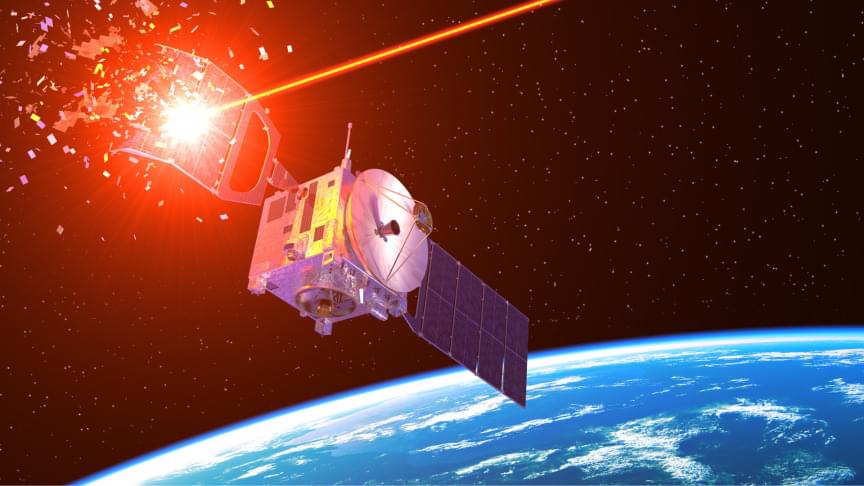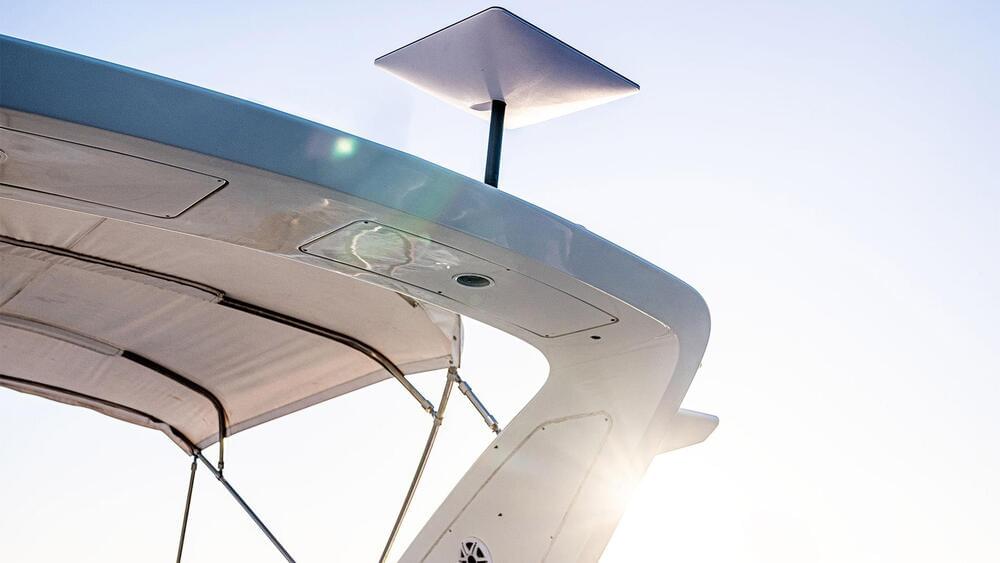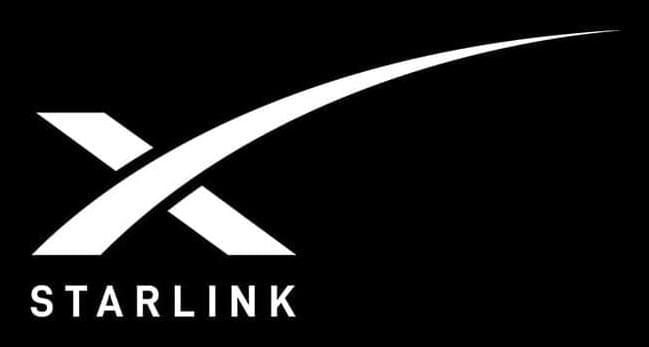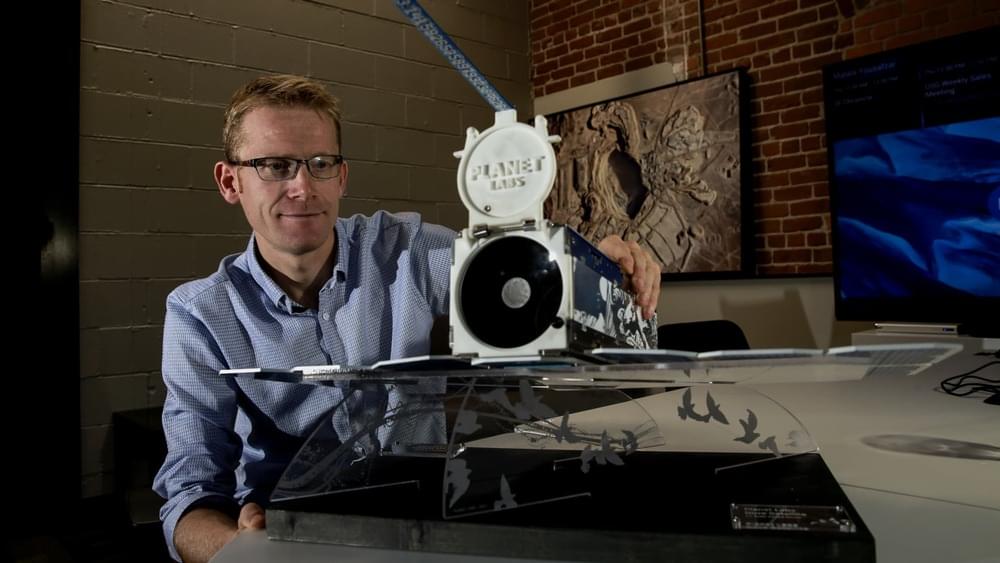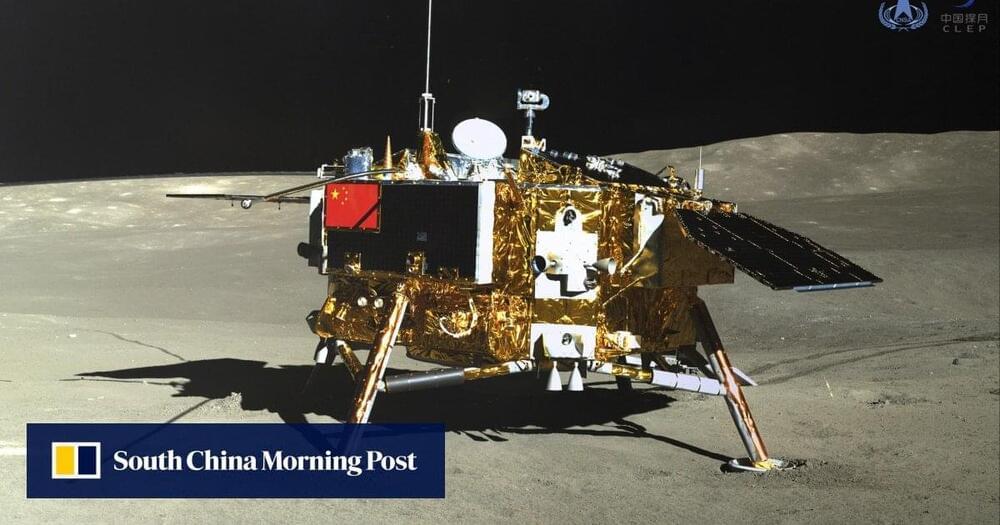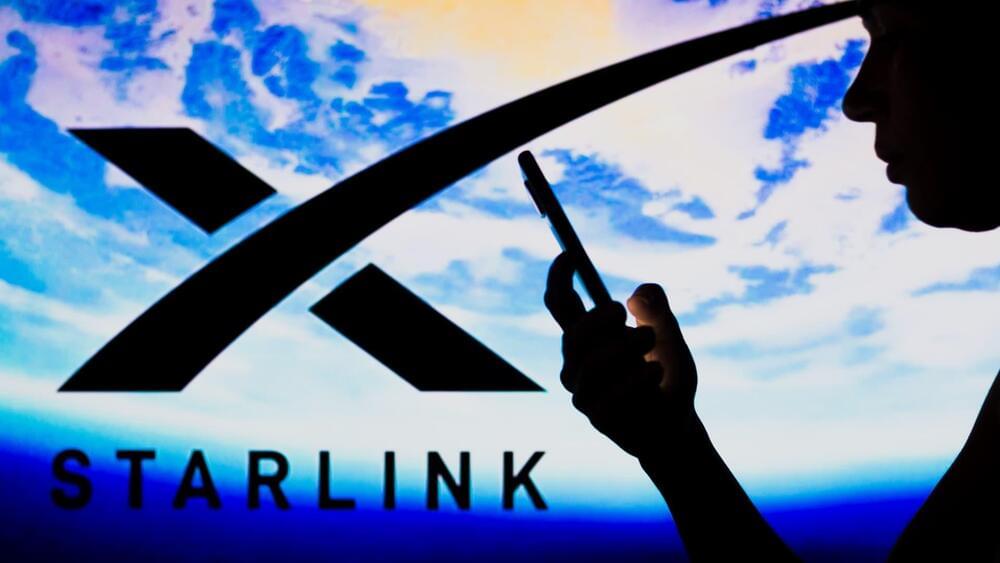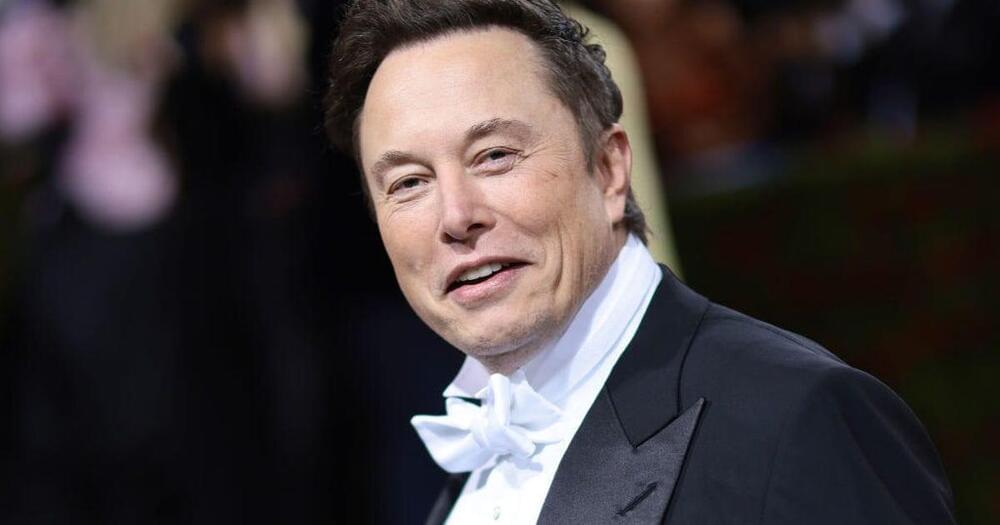The China National Space Administration’s Tianwen-1 spacecraft has finished its mission to image the entire Martian surface.
Category: satellites – Page 71
If you’re ready for connectivity on the move, SpaceX’s Starlink satellite broadband may soon be the answer. The US Federal Communications Commission on Thursday gave the internet provider the greenlight to provide service on moving vehicles, boats, and planes.
The new authority should help SpaceX meet “the growing user demands that now require connectivity while on the move,” wrote FCC International Bureau Chief Tom Sullivan in the approval, “whether driving an RV across the country, moving a freighter from Europe to a U.S. port, or while on a domestic or international flight.”
Will it succeed?An open-source investigation suggests that Russia is building a giant laser-based anti-satellite weapon near Zelenchukskaya in the southwest part of the country, Space.com reported. This will allow it a soft-kill option to take down adversarial satellites.
Instead of temporarily blurring sensors, Russia is going full throttle, looking to destroy optical sensors on satellites.
Barely did the ink under the FCC approval signature dry, and SpaceX’s Starlink satellite Internet announced a new pricey Maritime service for commercial ships, oil rigs, or premium yachts. Nothing is stopping people with recreational boats to get Starlink Maritime, too, save for the monthly tag and equipment fees.
What is most interesting about their announcement is that it says that in about 6 months they will be offering service to the entire planet when they will be flying enough laser satellites to pull this off.
Planet Labs uses shoebox-sized satellites to send back real-time images of the Earth every day.
American official Bill Nelson says Chinese astronauts are learning how to destroy other countries’ satellites.
The Federal Communications Commission authorized SpaceX to provide Starlink satellite internet to vehicles in motion, a key step for Elon Musk’s company to further expand the service.
“Authorizing a new class of [customer] terminals for SpaceX’s satellite system will expand the range of broadband capabilities to meet the growing user demands that now require connectivity while on the move, whether driving an RV across the country, moving a freighter from Europe to a U.S. port, or while on a domestic or international flight,” FCC international bureau chief Tom Sullivan wrote in the authorization posted Thursday.
SpaceX did not immediately respond to CNBC’s request for comment on the FCC decision.
The Federal Communications Commission has signed off on SpaceX’s plan for its Starlink satellites to supply internet access to moving vehicles.
The FCC’s order comes after the company has already signed deals with airline carriers including Hawaiian Airlines and JSX to provide in-flight Wi-Fi to their passengers. Cruise line Royal Caribbean has also requested the service for its ships.
The approval covers a variety of transport including cars, plans and boats.


